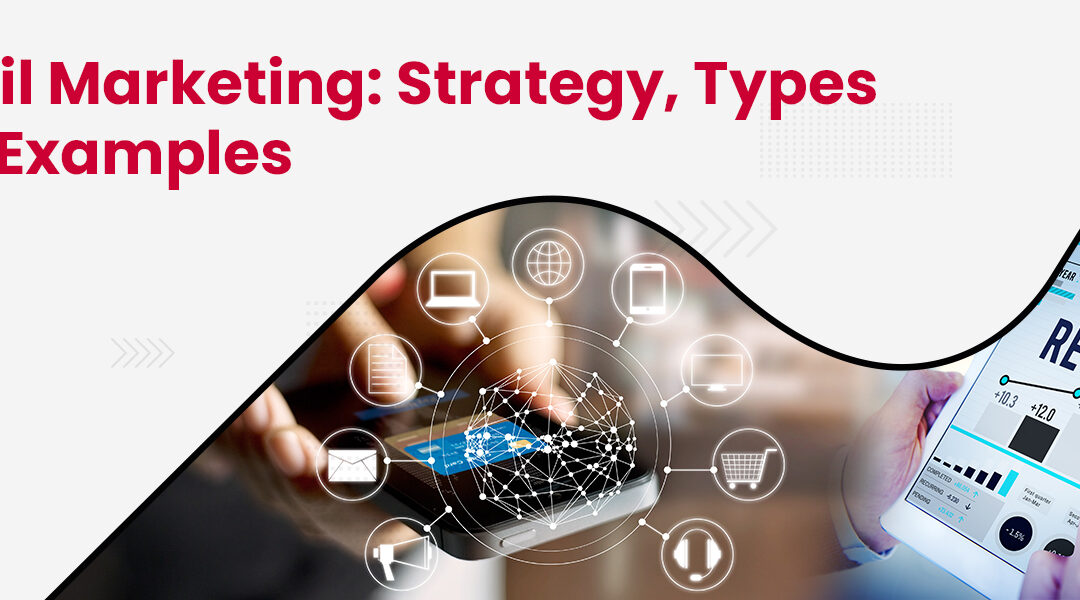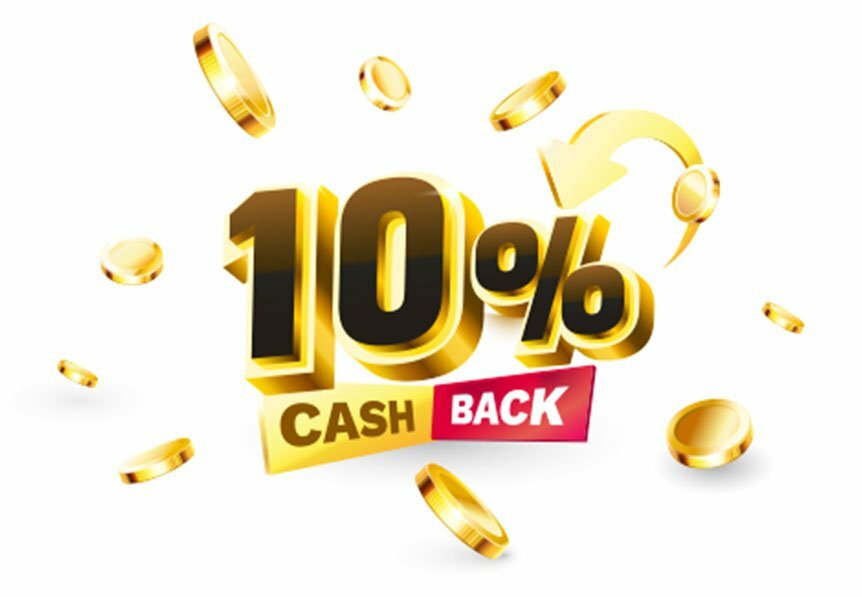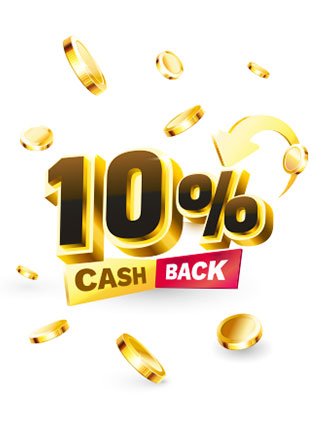Retail marketing is the key to success for any retail store. Without a solid marketing strategy, even the best products can go unnoticed. A whopping 20% of small businesses fail within their first year, and over half don’t survive past their fifth year. Therefore, having a strong marketing strategy is a must to spread awareness and tackle competition.
In this blog, we will delve into retail marketing and explore the different types, principles, and strategies you can use to effectively promote your products and improve in-store sales.
What is Retail Marketing?
At its core, retail marketing is all about attracting customers and driving sales. But it’s so much more than just advertising and promotions. It includes various activities, such as pricing, merchandising, store design, and customer service. In short, it’s about creating a cohesive and effective marketing plan that connects with your target audience and keeps them returning for more. You may think, “But isn’t retail marketing all about digital channels these days?” Well, you’re not entirely wrong. Research shows that over 70% of purchase decisions are made in-store. So, creating a memorable and engaging in-store experience for your customers is important.
In this competitive industry, staying ahead of the game is important. Successful retail marketing requires a deep understanding of consumer behaviour and knowledge of market trends and technological advancements. Personalisation is another important aspect of retail marketing. You can create customised customer experiences using data and technology, making them feel valued and appreciated.
What are the types of retail marketing?
In-store marketing
In-store marketing is a powerful tool for retail businesses to promote their products and create a more engaging shopping experience for their customers. It involves promoting and showcasing products to customers inside the store through various promotional activities.
By using tactics such as in-store displays, sample products, and interactive boards, retailers can draw shoppers in and encourage them to engage with products hands-on. In-store events are another great way to attract shoppers. Whether it’s a product launch or a holiday celebration, events give customers a reason to visit your store and engage with your brand in a fun and interactive way.
Traditional Marketing
While digital marketing is all the rage, traditional marketing still has its place in retail. Traditional marketing involves finding your target audience through offline channels like print marketing or billboard ads. While it may not be as cutting-edge as digital marketing, it can still be an effective way to connect with local audiences.
Traditional marketing can be highly targeted. For example, you can send physical catalogues and promotional information directly to a specific location. Posters can be placed in high-traffic areas or near your store to capture the attention of potential customers. TV ads can be highly targeted to a specific geographic area, making it easier to reach your desired audience.
Digital Marketing
In today’s digital age, having a strong online presence is more important than ever. Simply put, digital marketing promotes your store or products online. With so many people using social media, email, and other online platforms, you have a huge opportunity to connect with potential customers. Plus, digital marketing can be much more cost-effective than traditional marketing methods like TV ads or direct mail.
8 Strategies for retail marketing to drive sales
Curb appeal
As a retail marketer, you know that first impressions are crucial, and that’s why the concept of “curb appeal” is so important. Curb appeal refers to the overall look and feels of your store’s exterior, including everything from the parking lot to the landscaping. It’s the first thing potential customers see when they approach your store, and it can make or break their decision to come inside and shop. Studies show that up to 80% of customers would shop at a store with an inviting exterior rather than one that looks run-down or unappealing.
Here are some effective strategies:
- Keep your store clean and well-maintained: Ensure your storefront is always tidy and clutter-free.
- Add plants and decor: A few well-placed plants or flowers can add colour and interest to your storefront. Add seasonal decor or other eye-catching elements to make your store stand out.
- Create an inviting entrance: Make sure your entrance is welcoming and easy to find. Use clear signage, and consider adding a mat or a welcoming message to greet customers as they enter.
- Use lighting to your advantage: Outdoor lighting is essential for customer safety but can also help draw attention to your store at night.
- Update your signage: Your signage is crucial to your curb appeal. Ensure your sign is easily read from the street, and consider updating it to reflect your brand and message.
Rank with Local SEO
Local SEO is a vital component of retail marketing that helps physical retailers increase their visibility online in a specific area. It’s a great way to attract more customers to your store and increase your sales. Target relevant keywords that your local audience is searching for.
Claim your Google My Business listing. This free listing service allows you to manage your business information, including your store hours, phone number, address, and reviews. It’s a great way to ensure that your business appears in Google Maps and local search results when people search for businesses in your area.
Word-of-mouth marketing
Word-of-mouth marketing is one of the most effective and cost-efficient ways for retail businesses to increase sales. It refers to getting existing customers to spread the word about your products or services to their friends and family. Research shows retailers make $6 trillion yearly from word-of-mouth marketing, accounting for 13% of all consumer sales.
Retailers must make their products and services worth discussing to encourage positive word-of-mouth. This can be achieved by providing exceptional customer service, offering high-quality products, and creating unique customer experiences.
Use Your Retail Space
You don’t necessarily have to spend a fortune or overhaul your entire store to see results. Instead, two simple steps can help you optimize your existing space and create an enticing shopping environment that increases sales.
Step 1: Re-plan your store layout
The first step in maximizing your retail space is to plan an effective store layout. You aim to make your merchandise work for you by strategically placing products to guide shoppers through your store and encourage them to make purchases. Remember to keep your displays tidy and change them often to keep customers coming back to see what’s new.
Step 2: Strategize your point-of-sale (POS) display
Your checkout area is where your POS and customers complete a purchase. This is also a prime location for maximizing sales. Display smaller, relatively less expensive products customers might have forgotten they needed or items that will entice shoppers to pick up while waiting in line. Test out different products at the counter until you see what works, then design a more elegant display that matches the rest of your store.
Run local ads
As a retail business owner, driving foot traffic to your store is crucial for sales growth. One way to do this is by running local ads. Local ads target people in a specific geographical area.
Tips for Creating Effective Local Ads:
- Target Specific Demographics: Targeting specific demographics helps you reach the right people. You can target people based on age, gender, income, interests, etc.
- Use Eye-Catching Visuals: Your ads should be visually appealing and eye-catching. Use high-quality images or videos that showcase your products or services.
- Include a Clear Call-to-Action: Your ads should include a clear call-to-action (CTA). This tells people what you want them to do next.
Work with influencers
In today’s social media-driven world, influencer marketing has become a powerful tool for retail businesses. By partnering with popular individuals, you can reach out to their followers and tap into their influence to promote your products or services. Focus on finding influencers that align with your brand values and have a relevant and engaged audience.
Here are some strategies for finding and working with influencers:
- Look at their audience demographics and engagement rates to ensure their followers fit your brand well.
- Influencers are often motivated by incentives such as free products or exclusive discounts.
- Work with influencers to create content that showcases your products in a way that appeals to their followers.
- Working with influencers is not a one-off event. To create a lasting impact, focus on building long-lasting partnerships.
Sell custom products
Whether manufacturing a unique invention or creating a private label line, selling custom products can increase brand loyalty and name recognition and ultimately drive sales for your business. Another strategy is to collaborate with local artists or makers to create limited-edition products. This supports your local community and adds exclusivity to your product line. In addition, customers will appreciate owning a unique item they can’t find elsewhere.
To implement custom products in your business, brainstorm ideas aligning with your brand values and target audience. Next, consider what products would appeal to your customers and how you can make them unique. From there, research manufacturers, designers, and artists who can help bring your vision to life.
Build your Online Presence
If you’re a retail business, it’s important to establish a strong online presence. Whether you’re an eCommerce store, a brick-and-mortar store, or a mobile sales business, having an online presence can greatly benefit your retail marketing strategy. It not only opens up more sales opportunities but also helps you engage with customers and stay on your mind. With over 2 billion people shopping online worldwide, not having an online presence means you’re missing out on significant potential sales. Plus, engaging with customers online helps keep your business at the forefront of their minds, making them more likely to think of you when they need to make a purchase.
Social media platforms such as Instagram and Facebook are great avenues for maintaining relationships with current customers. Instagram’s Stories feature allows you to communicate directly with customers and showcase new products, while Facebook is great for highlighting events and new products in your store. Facebook Advertising can also be effective for bringing in new local customers.
Example of Retail Marketing
Rothy’s
Let’s look at Rothy’s – a fashion retailer making waves with their sustainable products that help clean the environment of marine plastics. But it’s not just their products that are impressive. Rothy’s also has a killer retail marketing strategy that’s helped them expand their brand.
One strategy that has proven incredibly effective for Rothy’s is its referral program. By giving customers $20 off their purchase for referring a friend and giving the referred friend $20 off their first purchase, Rothy’s is incentivizing customers to share their love of the brand with others.
Another smart move by Rothy’s is their newsletter sign-up process. By collecting information from subscribers, Rothy’s can customize its offerings and create a more personalized customer experience.
Rothy’s has also leveraged the power of influencers to get the word out about its brand. By partnering with influencers like Mindy Kaling and @dress_up_saturday, Rothy’s has reached a wider audience and increased brand awareness.
Conclusion
Now that you know pretty much everything about retail marketing, you just have to execute everything correctly. From creating a strong brand identity to utilizing social media effectively and offering personalized experiences to customers, many strategies can help drive sales and keep customers coming back. So, take the time to explore different marketing approaches, experiment with what works best for your business, and always be open to new ideas and opportunities.




